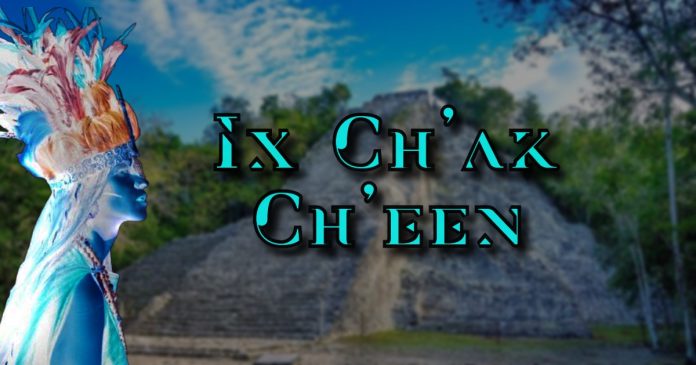Archaeologists from have confirmed the identity of a sixth-century Mayan Female Ruler named Ix Ch’ak Ch’een. Her name appears on the recently deciphered Roca de la Fundación, a 111-square-foot limestone monument located in the Nohoch Mul Group of Cobá, Quintana Roo. The monument contains 123 glyphs and dates to May 12, 569 CE, marking the establishment of the kaloomte’ institution: a title denoting supreme political and military authority
Ix Ch’ak Ch’een’s name also appears on a Panel and two Stelae, confirming her role in Cobá’s dynastic history. She presided over the construction of a ballcourt and oversaw the completion of the seventh k’atun cycle on December 8, 573 CE. Her association with the deity K’awiil, linked to lightning and royal lineage, further legitimized her rule
Ix Ch’ak Ch’een’s Role in Cobá’s History
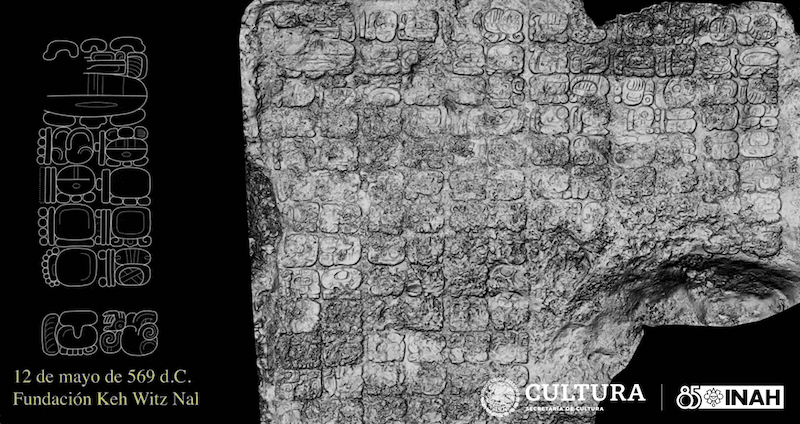
Ix Ch’ak Ch’een ruled during a period of political revival and ceremonial expansion. The Foundation Rock links her to Bolon Tz’akab Ajaw, a protective deity known as the “Lord of Innumerable Generations.” Her enthronement and divine associations suggest she was not merely a figurehead but a sovereign ruler with cosmic authority.
Cobá’s inscriptions also hint at diplomatic ties with Sky Witness of the Kaanul dynasty, although no direct emblem glyphs confirm a formal alliance. Still, the mention of such figures implies that Ix Ch’ak Ch’een operated within a broader geopolitical network.
Monument’s Location and Symbolism
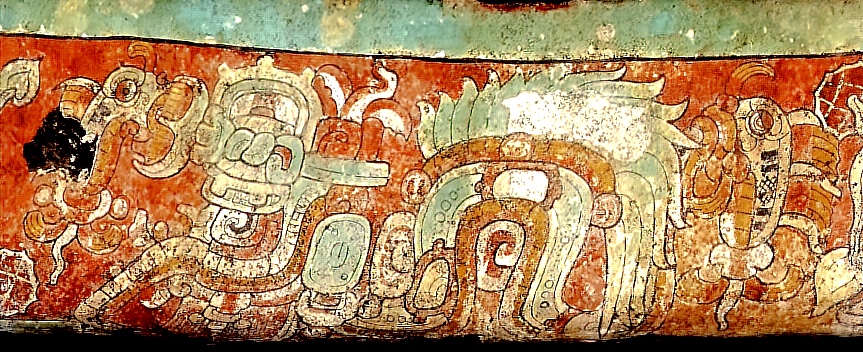
The Foundation Rock was carved beside a sacred water reservoir in the Nohoch Mul Group. In Maya cosmology, water sources symbolized fertility, rebirth, and divine favor. The monument’s placement reinforces Ix Ch’ak Ch’een’s role as a mediator between the earthly and supernatural realms.
The inscription also invokes the serpent witz’, a mythological entity tied to water and mountains. This creature’s presence in the inscription links the ruler to Cobá’s sacred geography and legitimizes her authority through landscape-based symbolism.
A Rare Case of Female Leadership
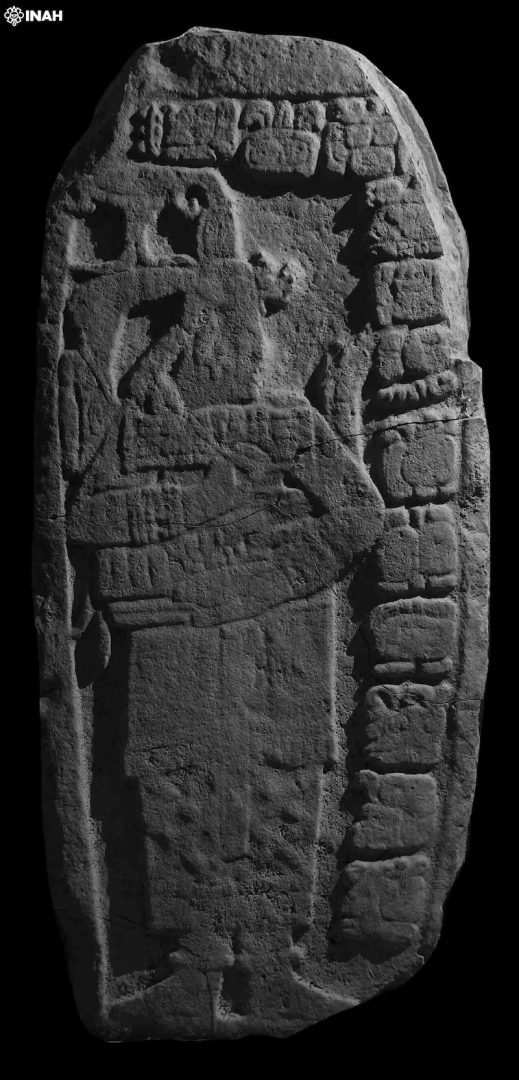
Ix Ch’ak Ch’een is one of at least four documented female rulers in Cobá’s dynastic sequence. One of these women, who remained unnamed, reigned for over four decades, a tenure unmatched by most male rulers in the region. This pattern suggests that Cobá may have institutionalized female leadership more readily than other Maya polities.
This challenges the prevailing assumption that Maya governance was exclusively male. While female rulers represented only a small fraction of known sovereigns, their roles were not symbolic. They governed cities, shaped dynastic succession, and engaged in regional diplomacy.
Steala baring Ix Ch’ak Ch’een Photo: Octavio Esparza Source: INAH
Cobá’s record stands out as a counterpoint to the broader Maya pattern, where female rulership was rare and often tied to crisis or regency. Ix Ch’ak Ch’een’s reign was neither transitional nor ceremonial; it was foundational.
The Red Queen of Palenque: Another Mayan Female Ruler
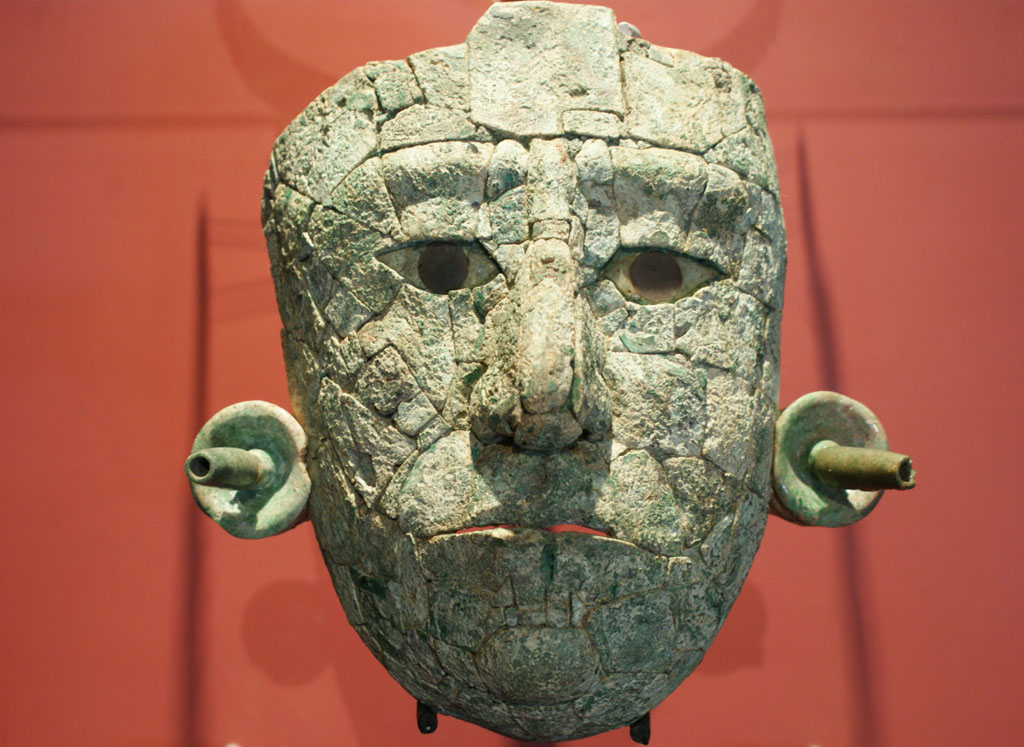
In 1994, archaeologists Fanny López Jiménez and Arnoldo González Cruz uncovered a cinnabar-stained tomb inside Temple XIII at Palenque. The remains belonged to a noblewoman now identified as Tz’akbu Ajaw, the principal wife of K’inich Janaab Pakal. Her burial included a jade mask, malachite diadem, and hundreds of greenstone beads—items typically reserved for kings.
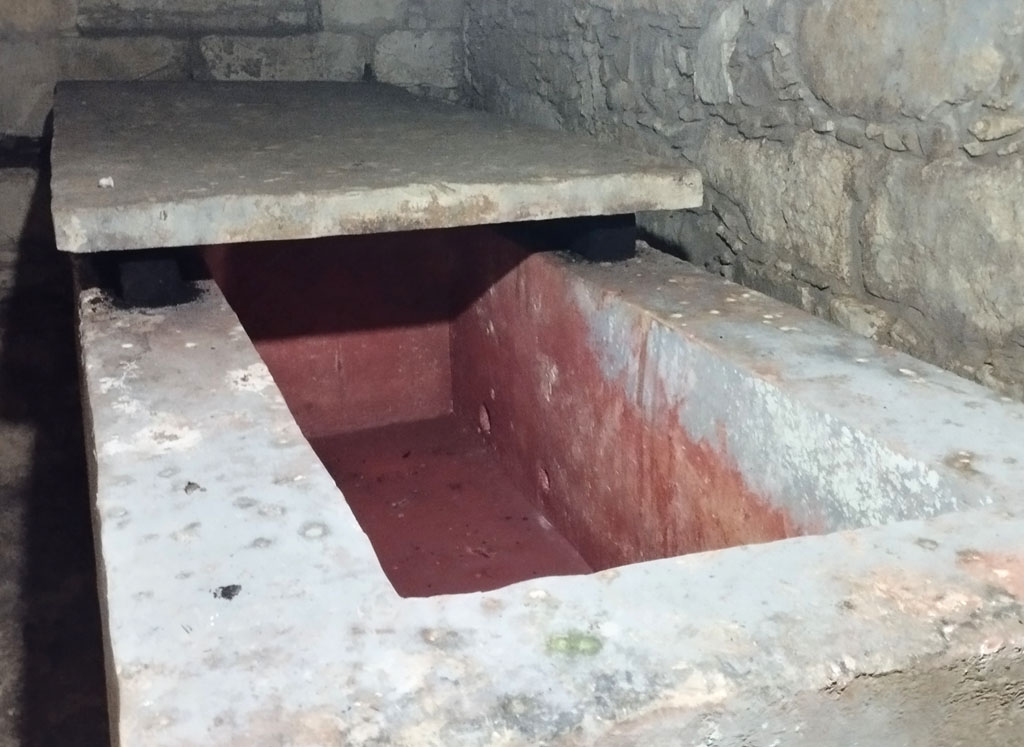
Her tomb lies adjacent to Pakal’s in the Temple of the Inscriptions, underscoring her political and spiritual importance. Inscriptions and iconography suggest she participated in dynastic ceremonies and ritual governance.
Legacy Through Blood and Stone
Tz’akbu Ajaw’s sons, K’inich Kan B’alam II and K’inich K’an Joy Chitam II, continued Palenque’s dominance. Her burial reshaped views on Mayan Female Rulers, proving that women could be dynastic forces in their own right. Like Ix Ch’ak Ch’een, her legacy survives in stone, pigment, and lineage.
Other Documented Mayan Female Rulers
| Name | City-State | Approx. Reign | Role/Title | Notable Actions |
| Yohl Ikʼnal | Palenque | 583–604 CE | Sovereign Ajaw | Ruled during defeat by Calakmul |
| Lady Six Sky | Naranjo | 682–741 CE | Regent → Sovereign | Led military campaigns |
| Lady Kʼabel | Wak Kingdom | ~672 CE | Kaloomte’ | Held supreme military authority |
| Lady of Tikal | Tikal | 511–527 CE | Co-ruler | Appears on multiple stelae |
| Muwaan Mat | Palenque | ~612 CE | Regent | Possibly ruled before Pakal |
| Lady Ich’aak K’inich | Pusilha | ~700s CE | Ajaw | Appears on royal monuments |
| Lady K’awiil Yopaat | Toniná | ~700s CE | Ajaw | Linked to ceremonial inscriptions |
| Lady Chaak | La Florida | ~700s CE | Political figure | Mentioned in dynastic texts |
How Rare Were Mayan Female Rulers?
Across the Classic Period, Maya civilization produced an estimated 800 to 1,000 rulers. Only 15 to 20 were female. That’s a ratio of twenty per one thousand. Even with generous estimates, Mayan Female Rulers made up just 2–3% of known sovereigns. This scale confirms the rarity of the term “Mayan Female Ruler.” It also highlights the exceptional nature of figures like Ix Ch’ak Ch’een and the Red Queen.
Conservation and Future Research
Conservation teams restored the Foundation Rock, removing mineral buildup and erosion. These efforts enabled epigraphers to recover key glyphs and reconstruct Cobá’s dynastic history. The Promeza Cobá project continues to excavate the site, with future work expected to reveal more about Ix Ch’ak Ch’een’s reign and Cobá’s political structure.
For more discoveries like this check out Ancient Theban Mayor Identified in Kampp 23 Tomb

